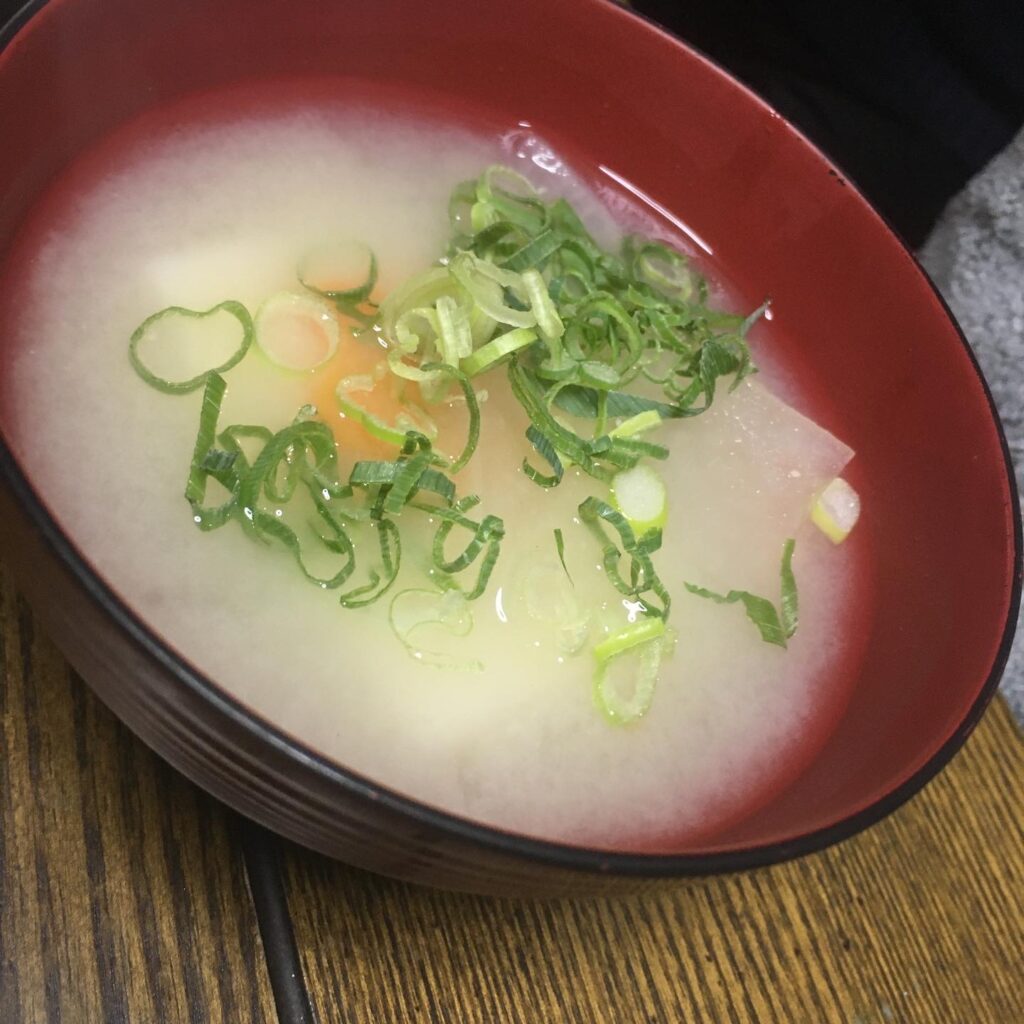
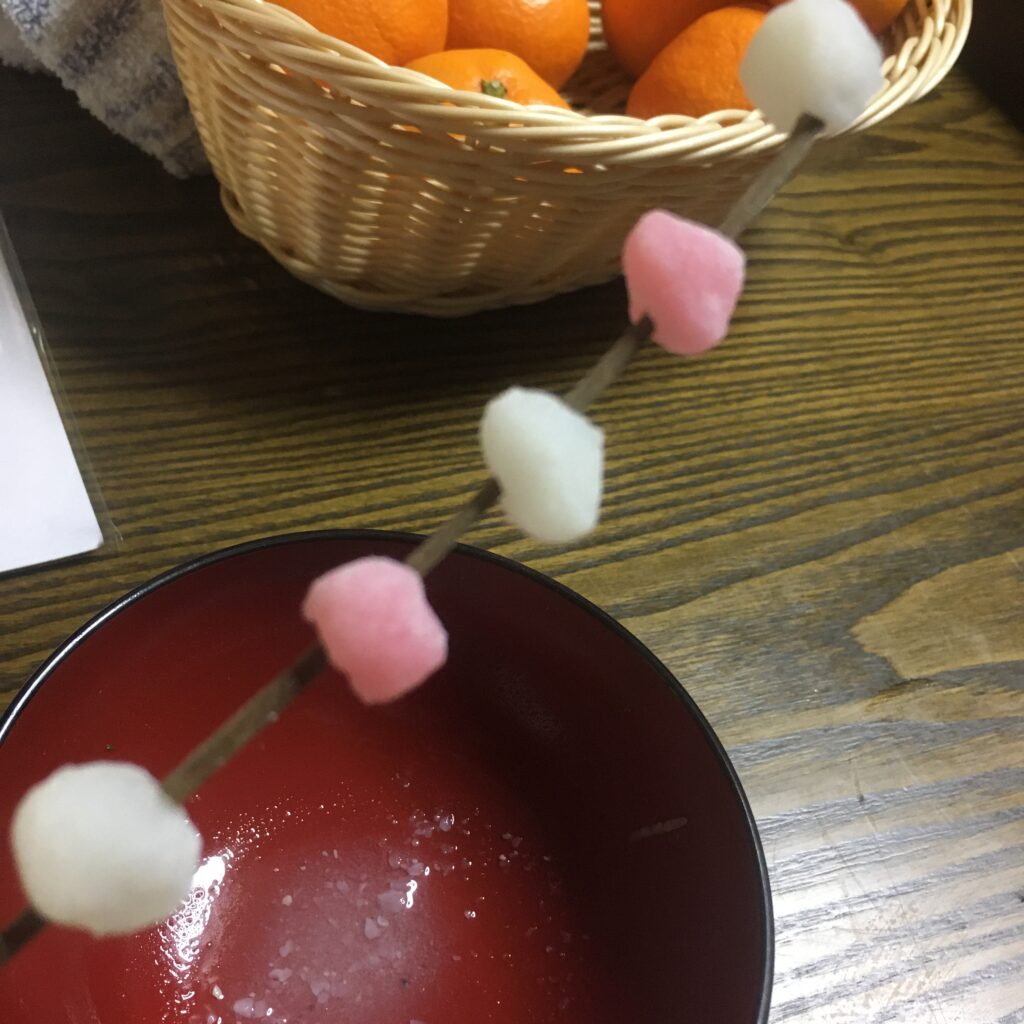
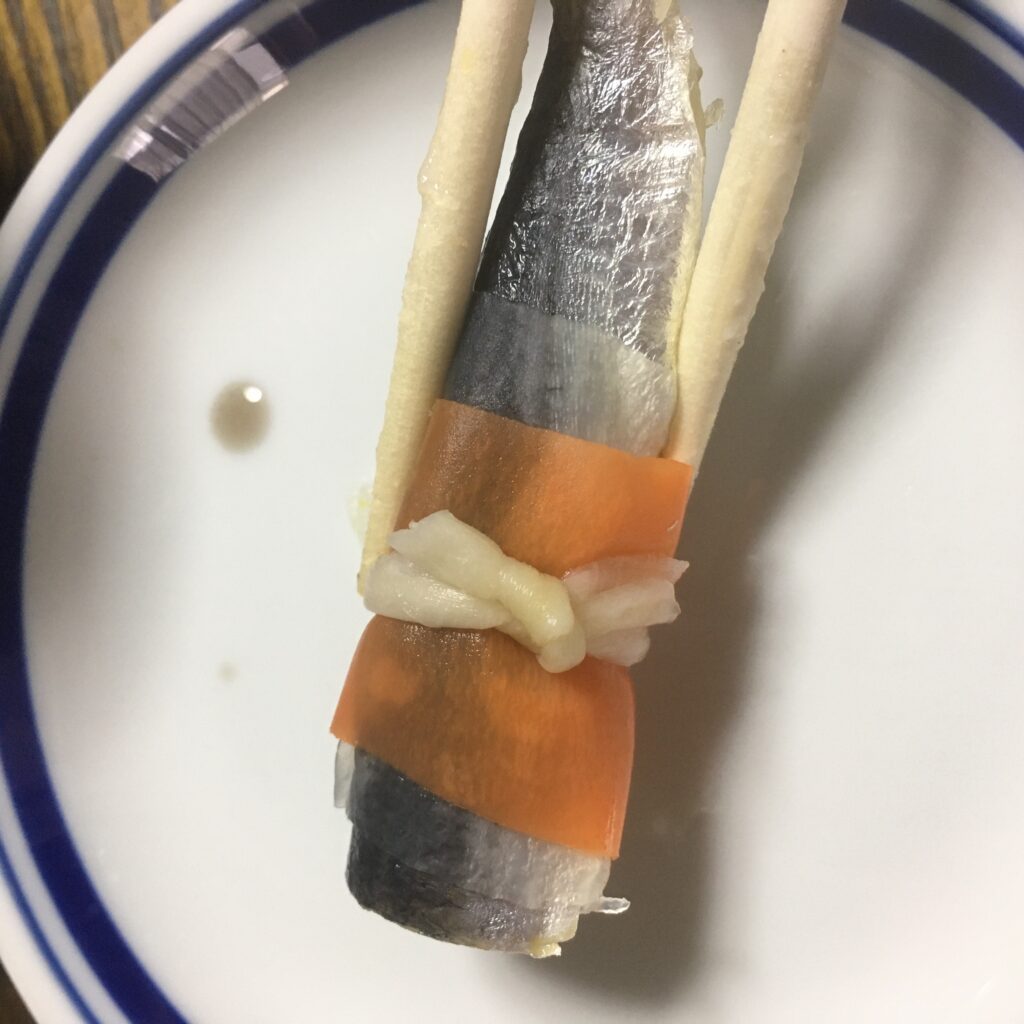
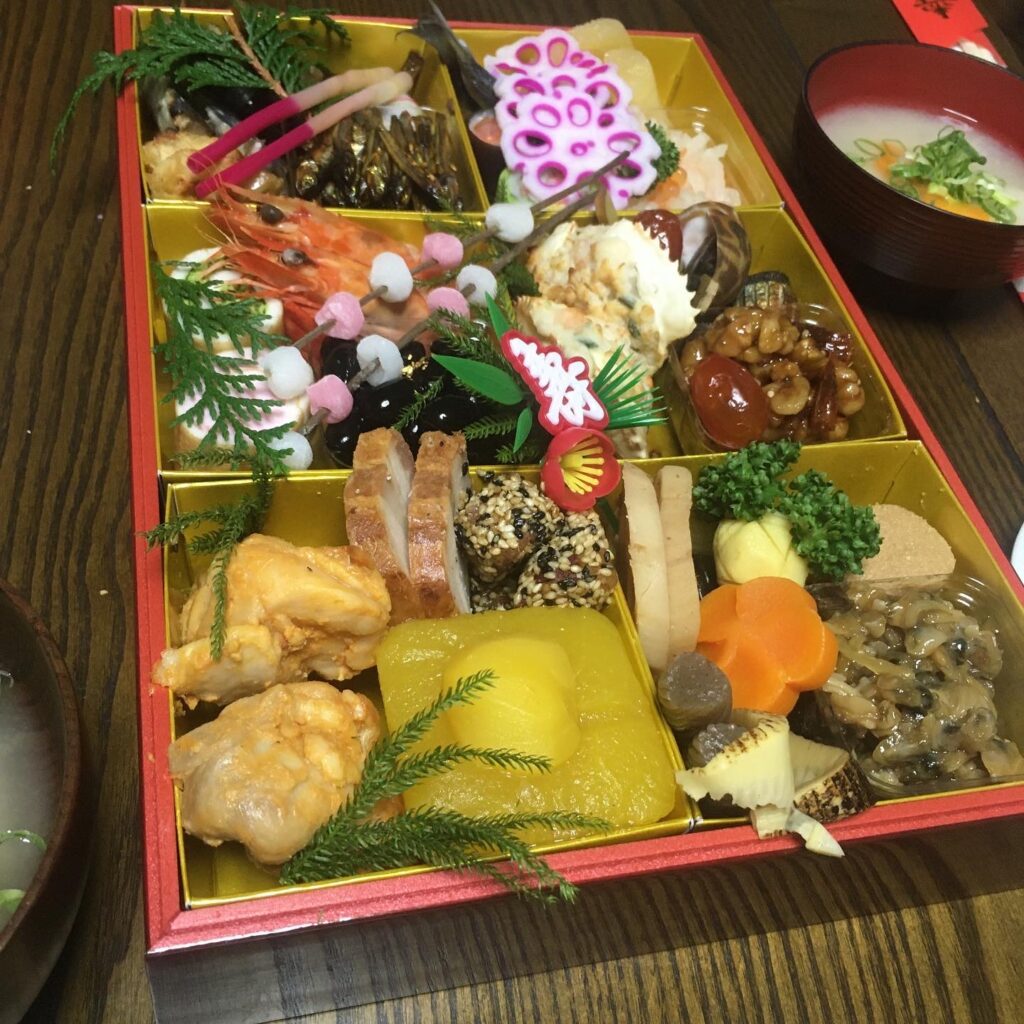
Many of us Japanese eat “Osechi” as a custom at the beginning of the year. The original role of osechi is to free women from the fires of the new year. Until recently, there was an old custom that women did housework and men did not. People in their 50s and older still have this habit. Younger generations are gradually becoming more equal in housework for men and women. For that reason, we Japanese have “Osechi” at least at the beginning of the year so that women can relax. Osechi is originally a dish that does not spoil for the first three days of the New Year. On the osechi that my mother bought this time, there was a note saying, “Please eat by 23:00 on January 1st.” Osechi seems to have changed from its original meaning. It is only in the last 10 years that Osechi has been sold in shops like this. Luxury osechi has long been sold in shops. However, we commoners often made osechi by ourselves (women) before the New Year. Osechi means “section” in Japanese. It means a food for a section of the New Year. Osechi is a long-lasting ingredient, and is often used as an auspicious dish using wordplay. Seaweed is “Kon-Bu” in Japanese. “Yorokobu” means to be happy in Japanese. “Kon-Bu” and “Yorokobu” have been used as lucky charms since ancient times. As for the lotus root, there are multiple holes in the lotus root, and since the other side can be seen, it is auspicious that “the future outlook is good”. In addition, since lotus root has many seeds, it symbolizes fertility and has the meaning of “offspring prosperity”. Mashed sweet potatoes with sweetened chestnuts “Kuri Kinton” means golden dumplings or golden futon, and the beautiful yellow color of sweet potatoes and chestnuts is likened to gold. It has become a staple of New Year’s dishes, wishing for a prosperous year and improved luck in competition.
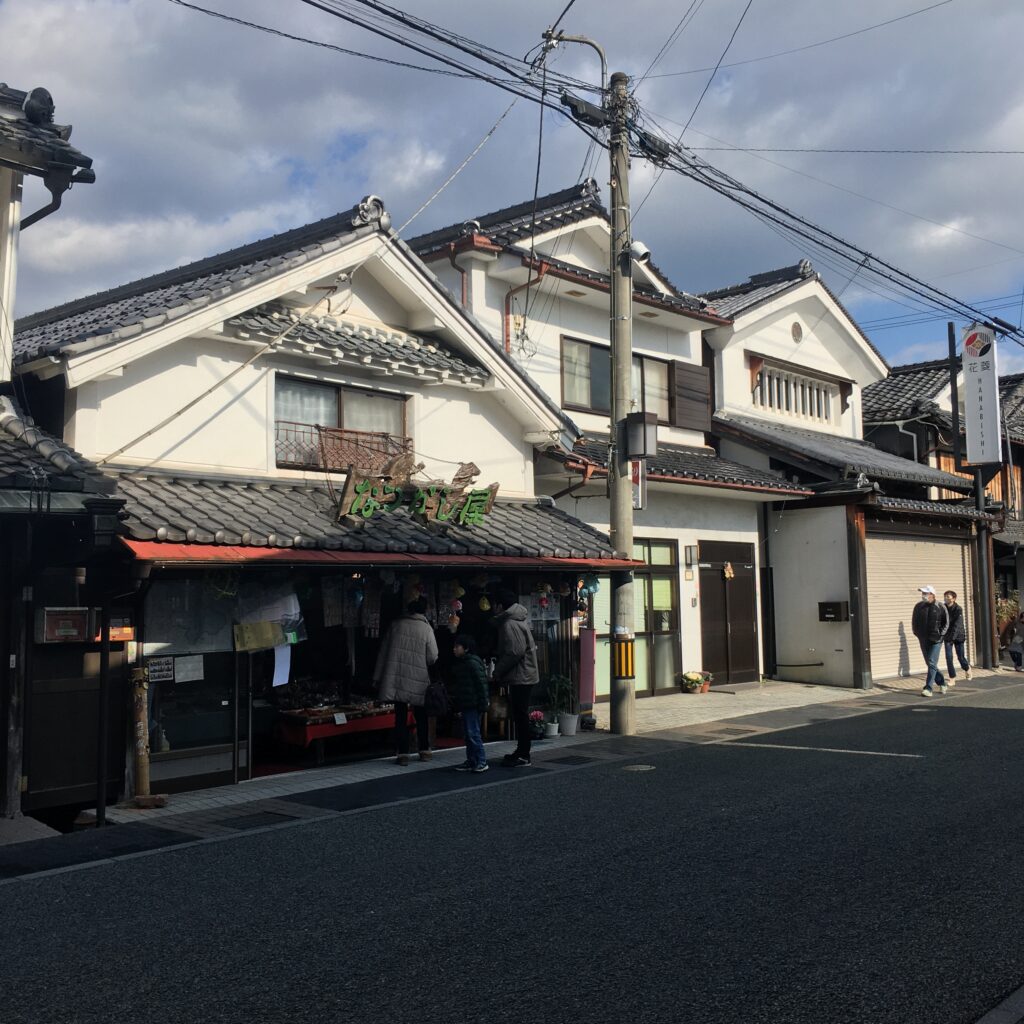
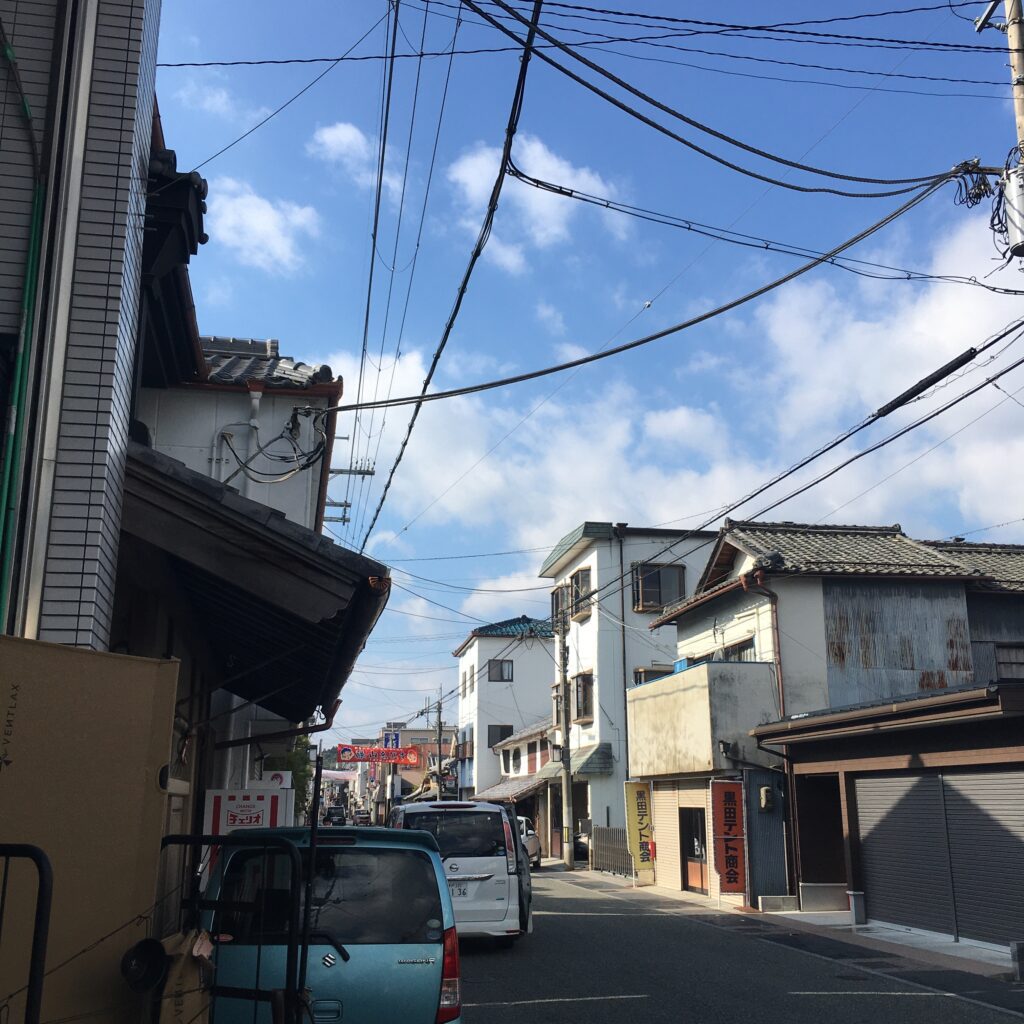
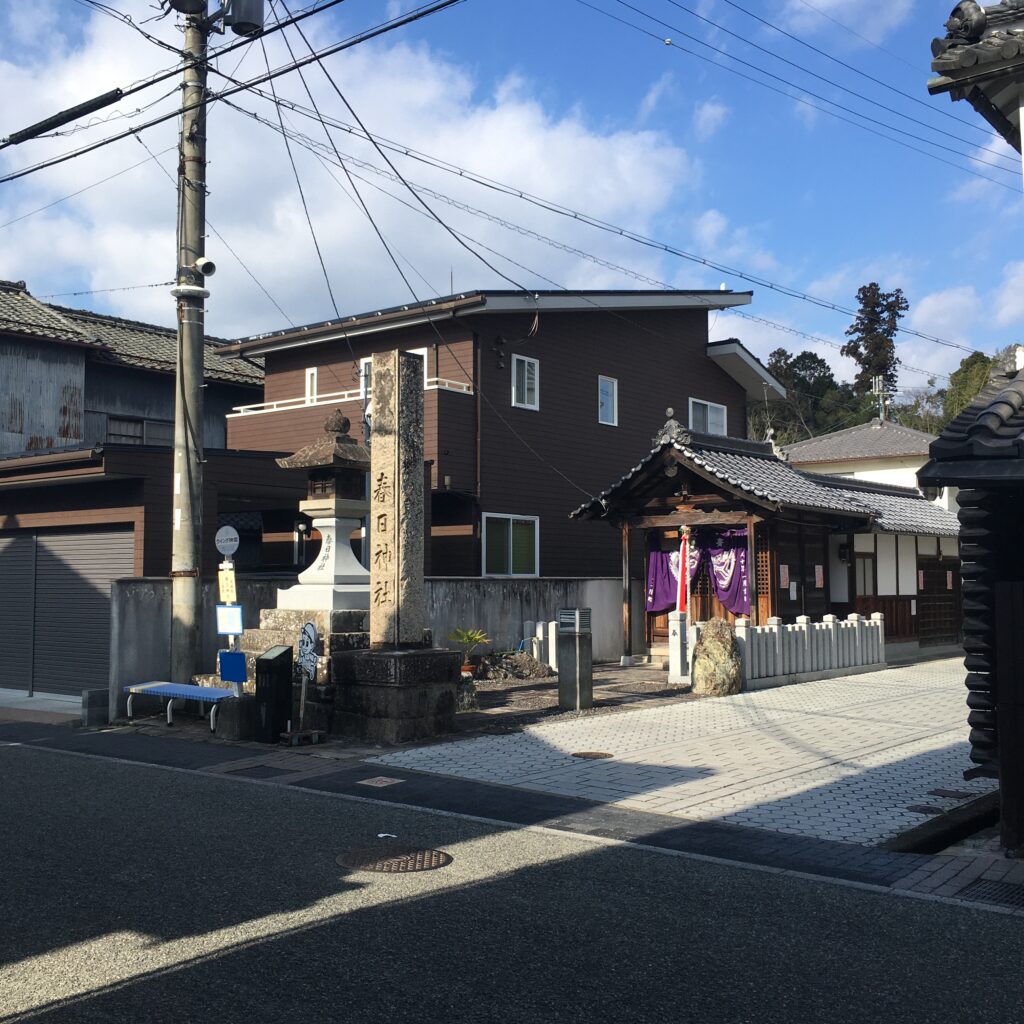
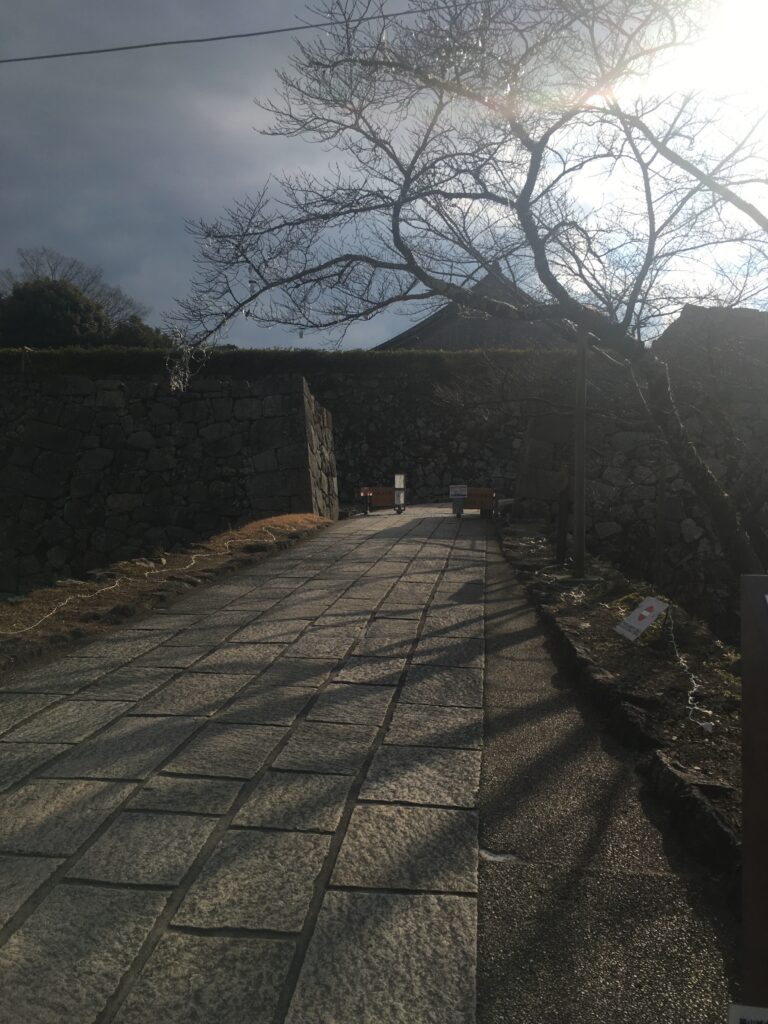
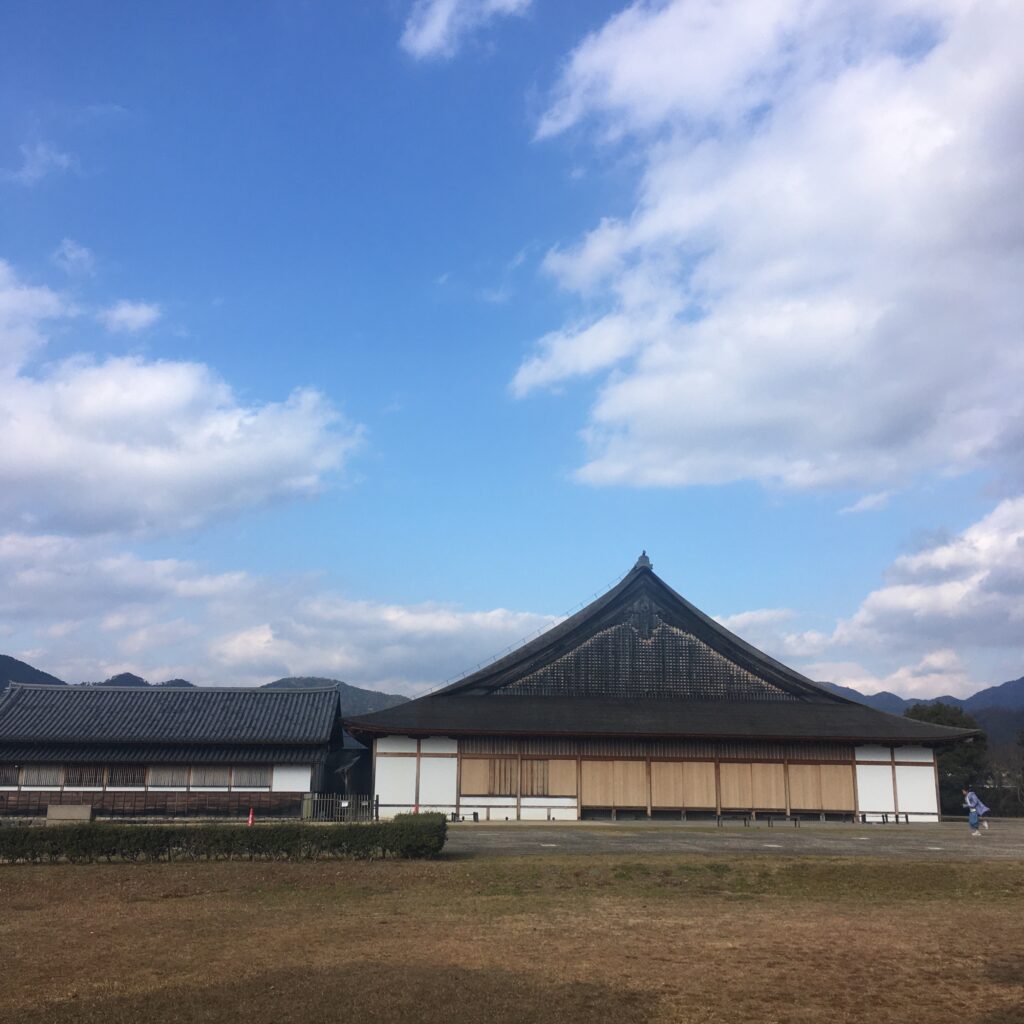
After eating Osechi for breakfast, we drove to Sasayama City, about an hour away. We decided to spend our New Year’s holiday somewhere. On the other hand, we would like to avoid crowded places. So we went to Sasayama City. Sasayama City is a city where traditional Japanese scenery remains like Kyoto. But there are no huge tourists like Kyoto. It is a good city to relax and enjoy the scenery from ancient Japan.
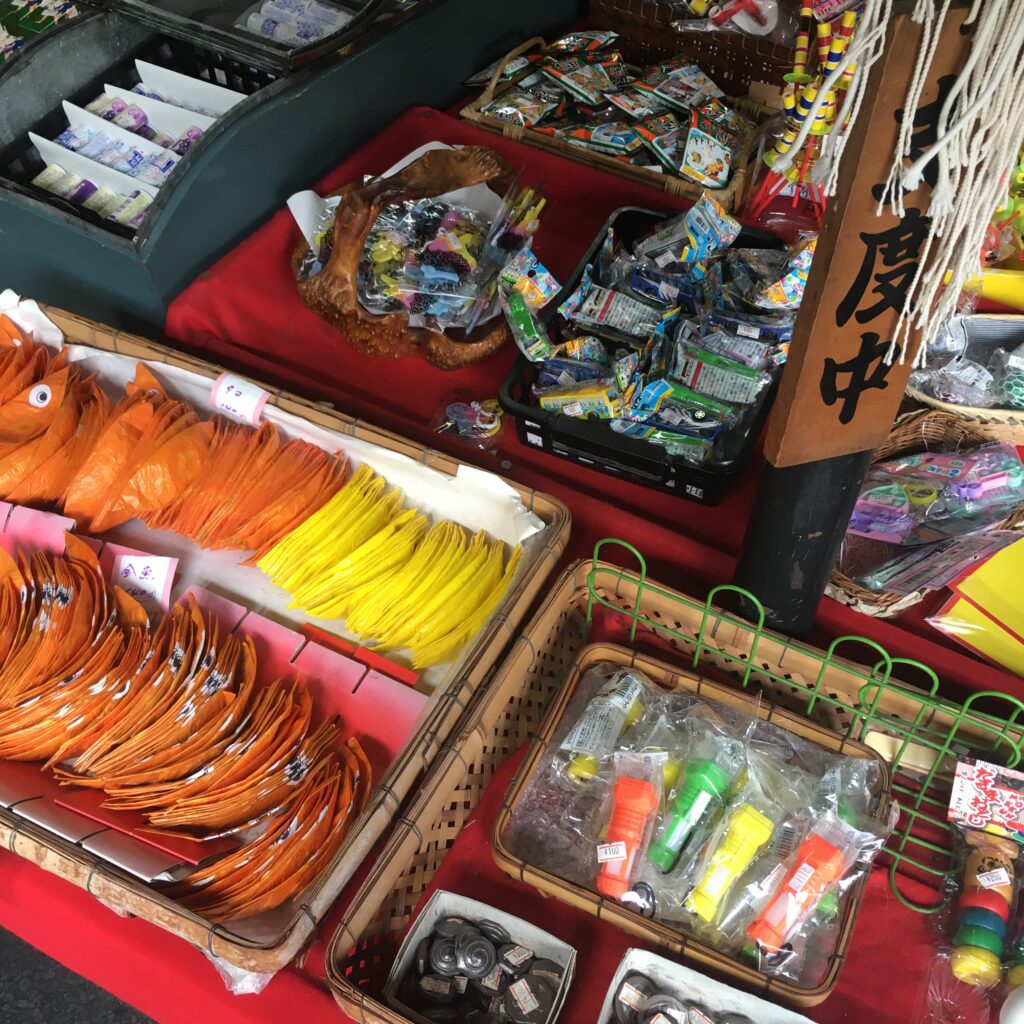

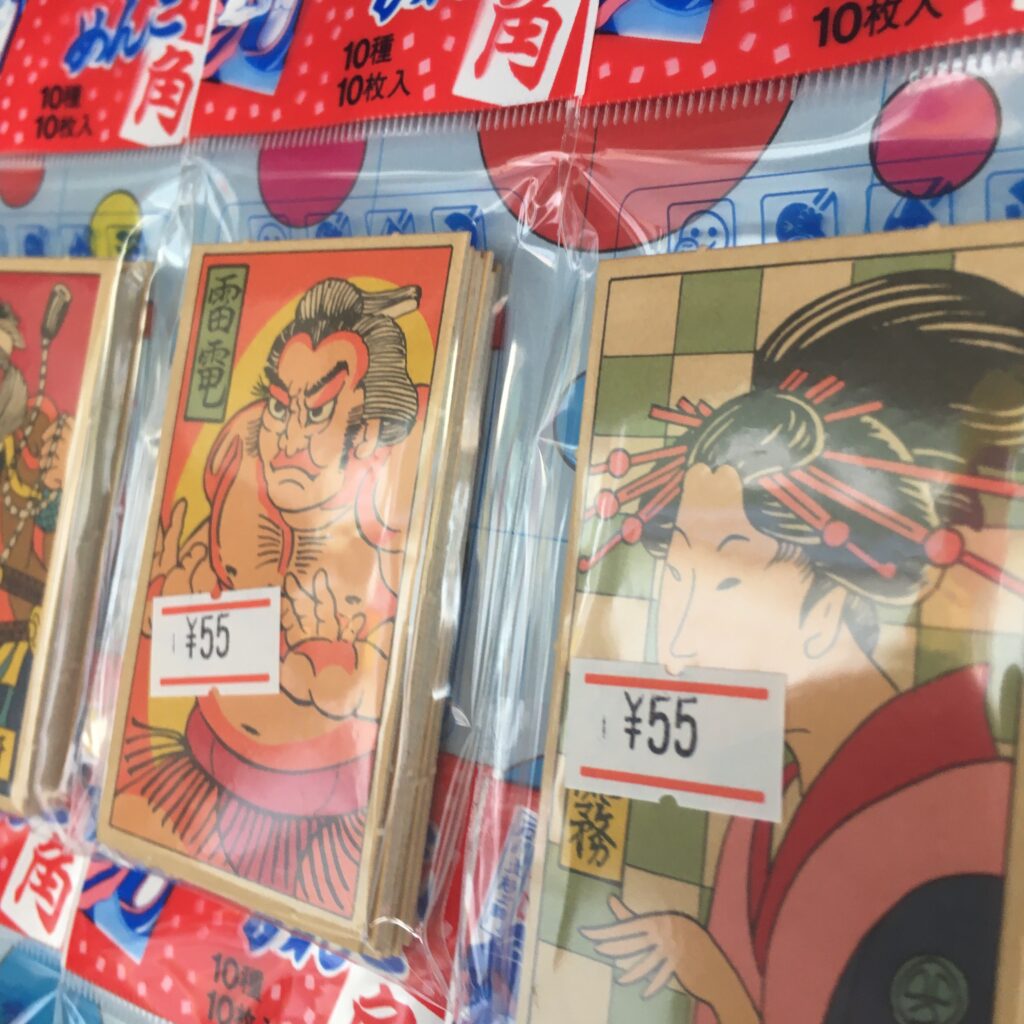

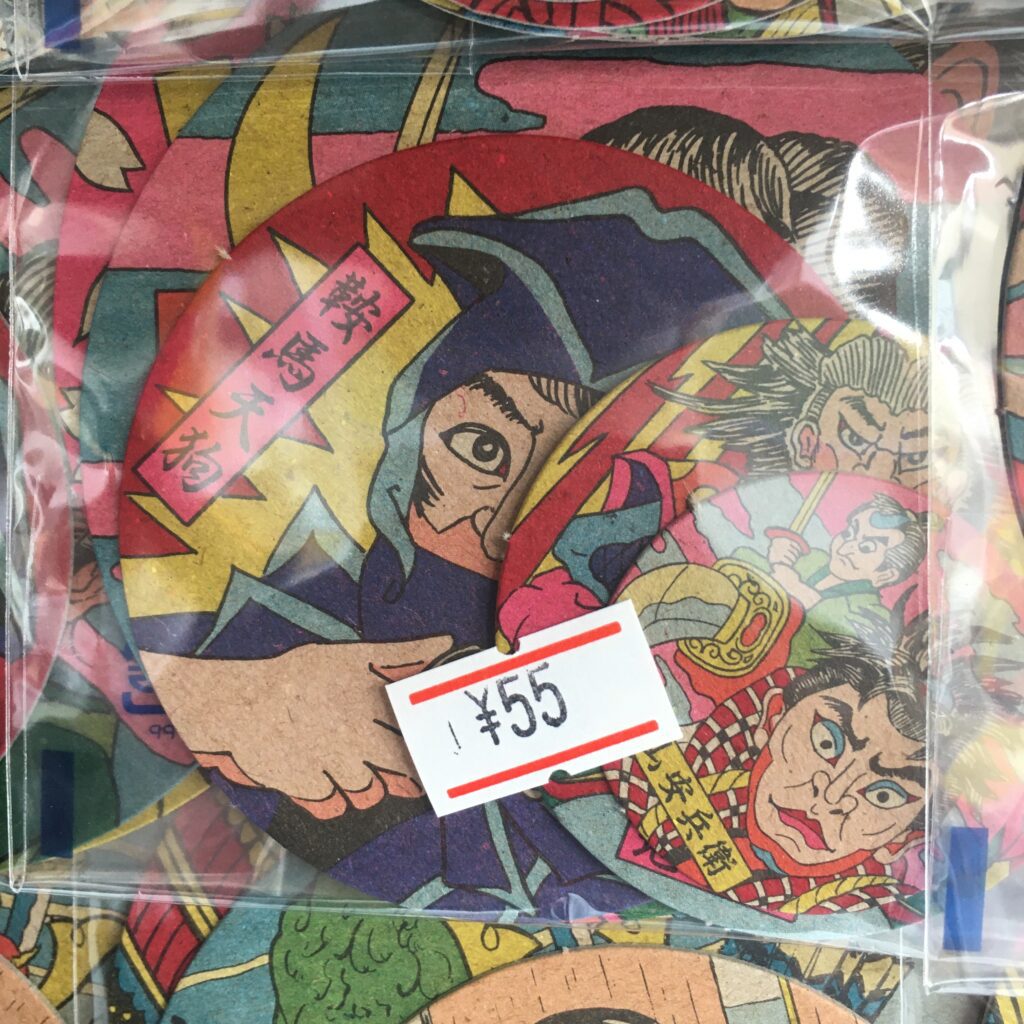
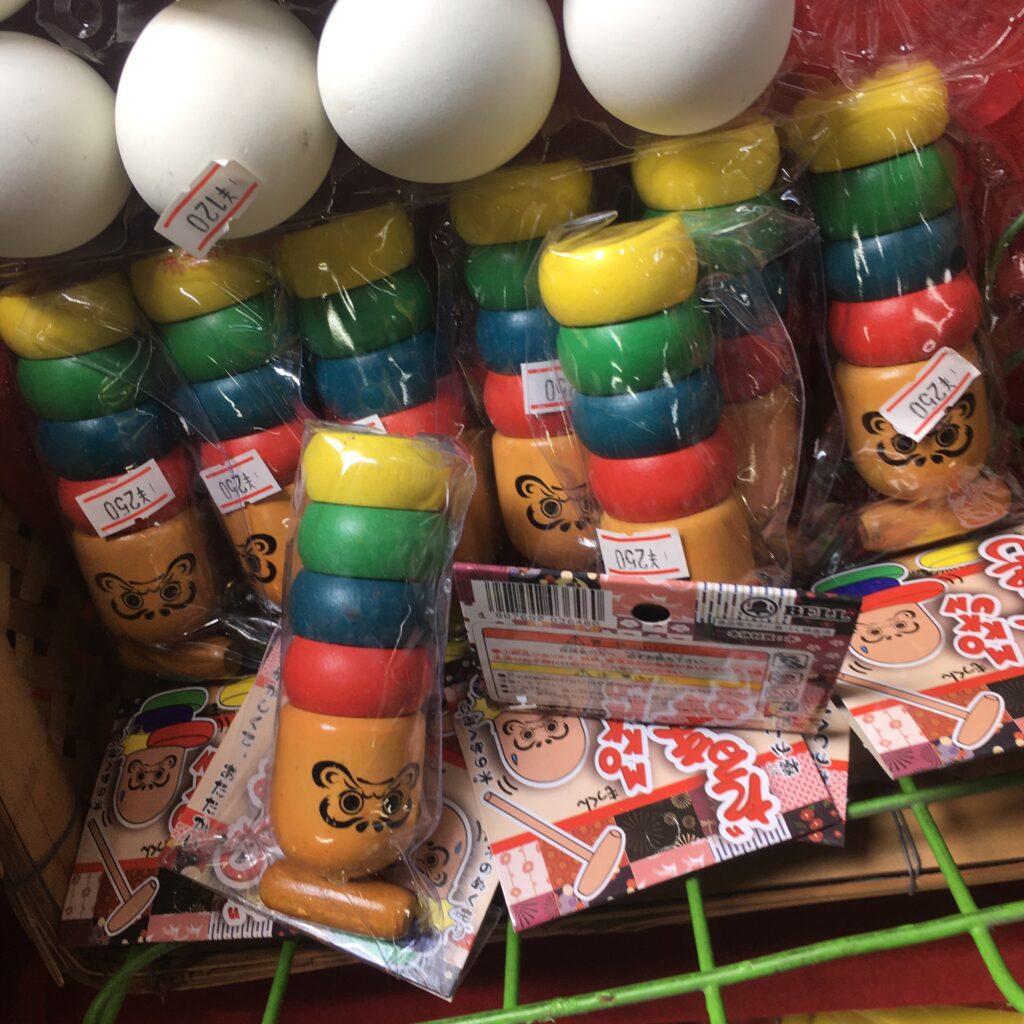
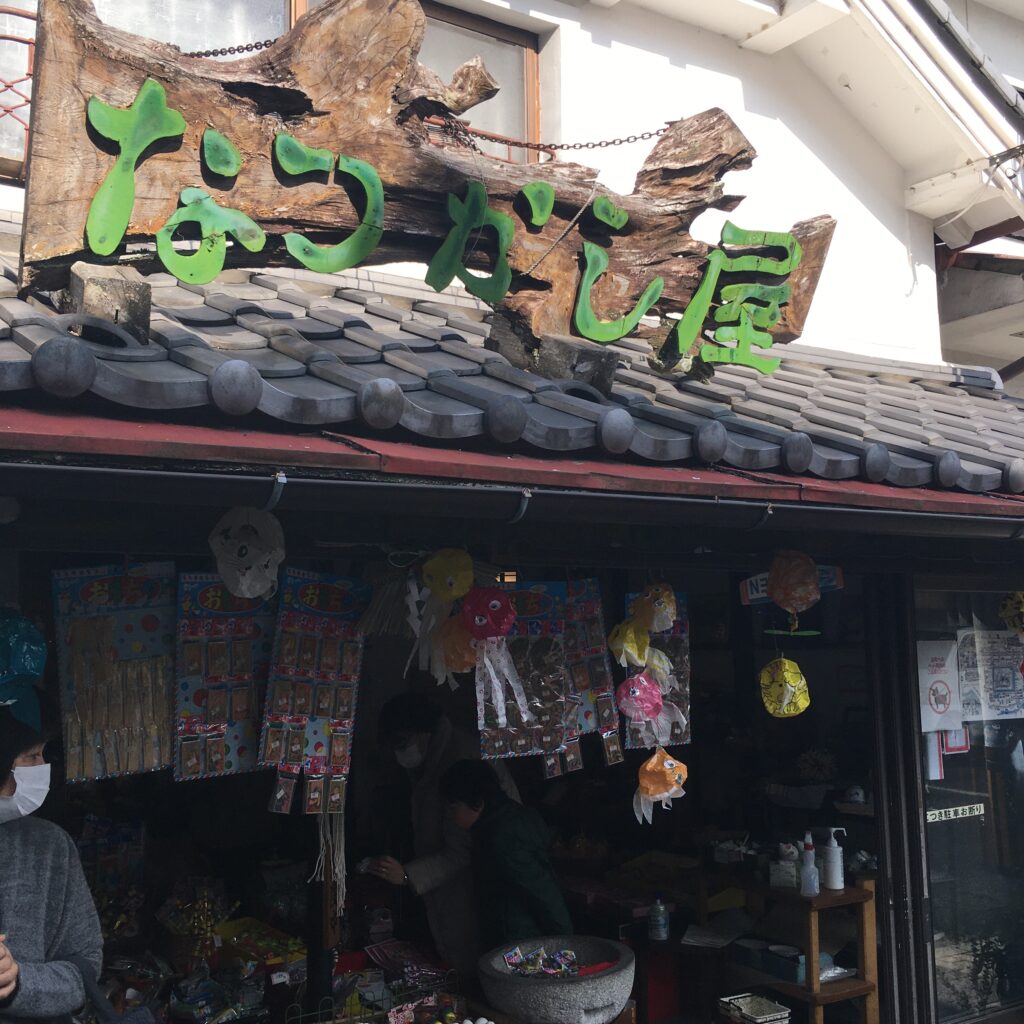
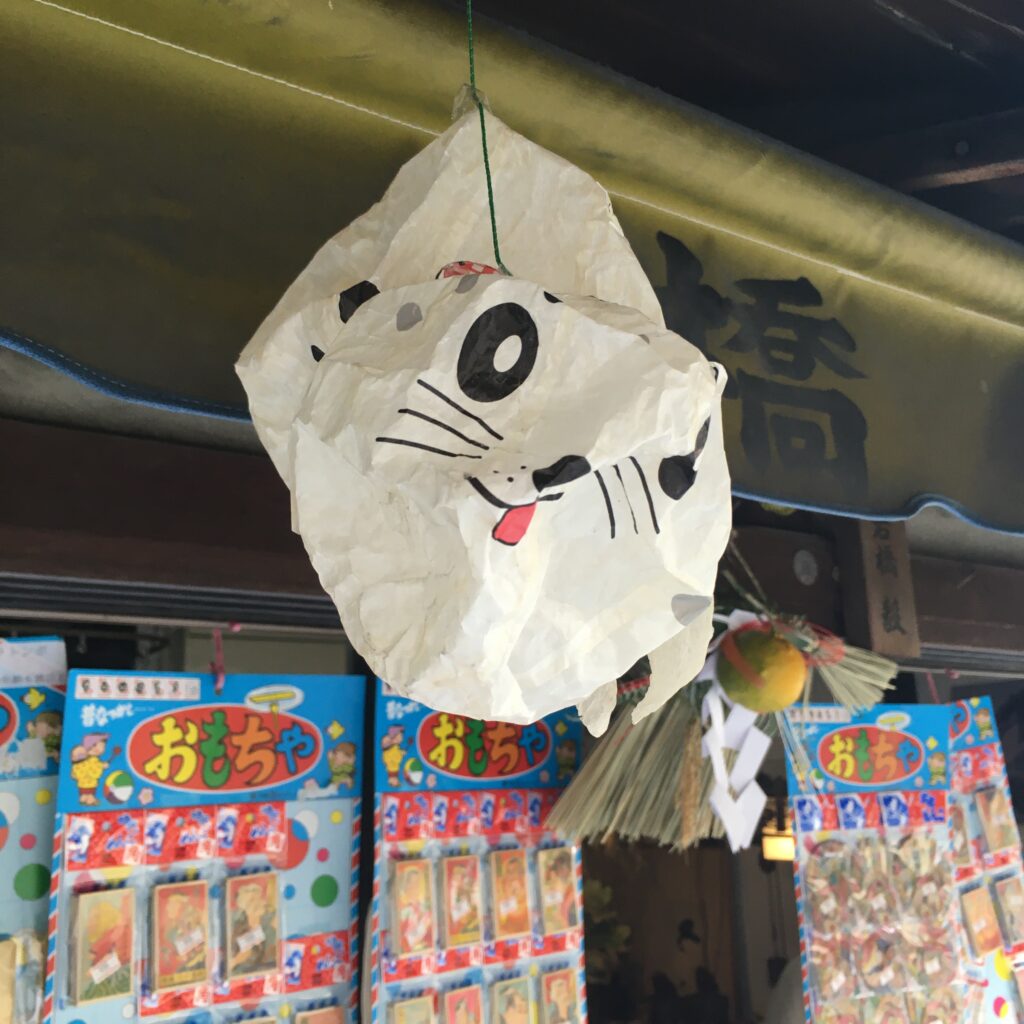
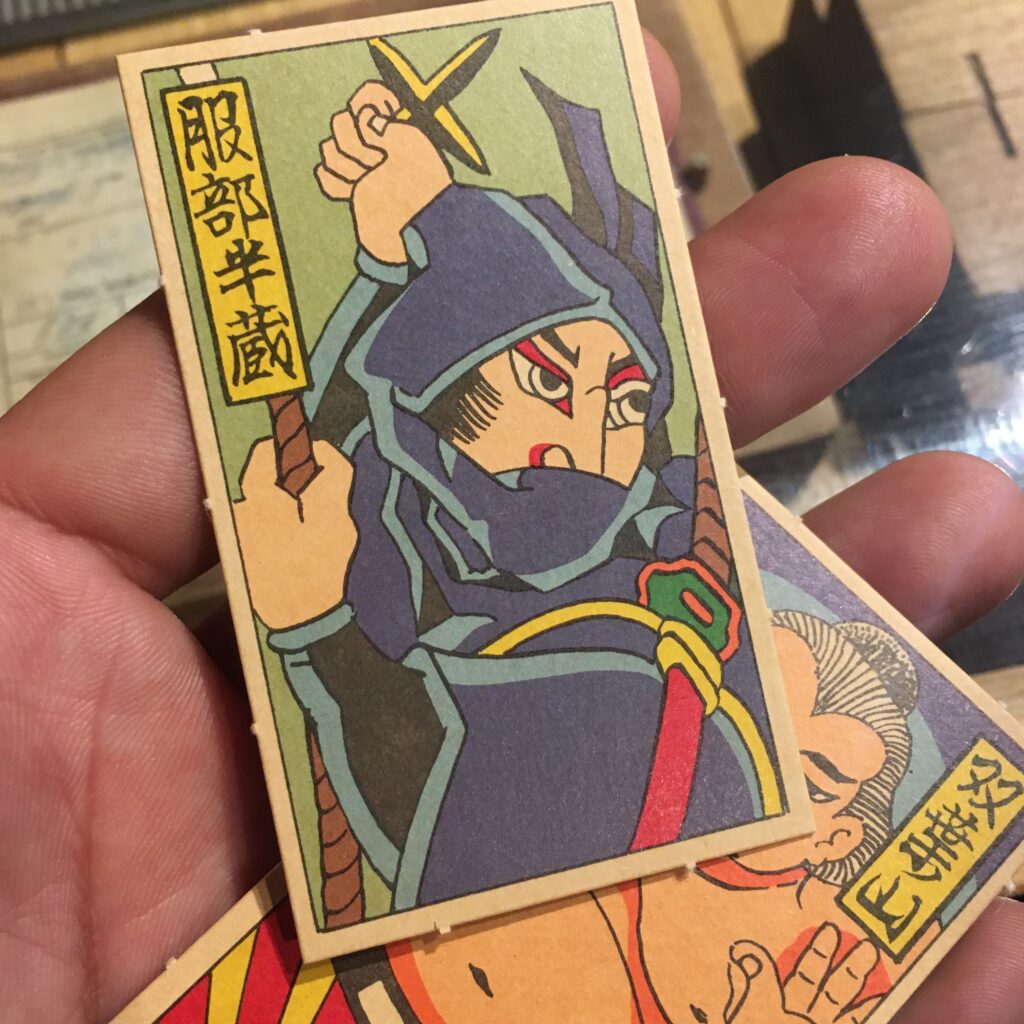

There was a “dagashi shop” in the shopping district of the old townscape. Dagashiya is a store that sells Japanese cheap candies and cheap toys. They were all over Japan until about 40 years ago, but they disappeared with the advent of convenience stores.
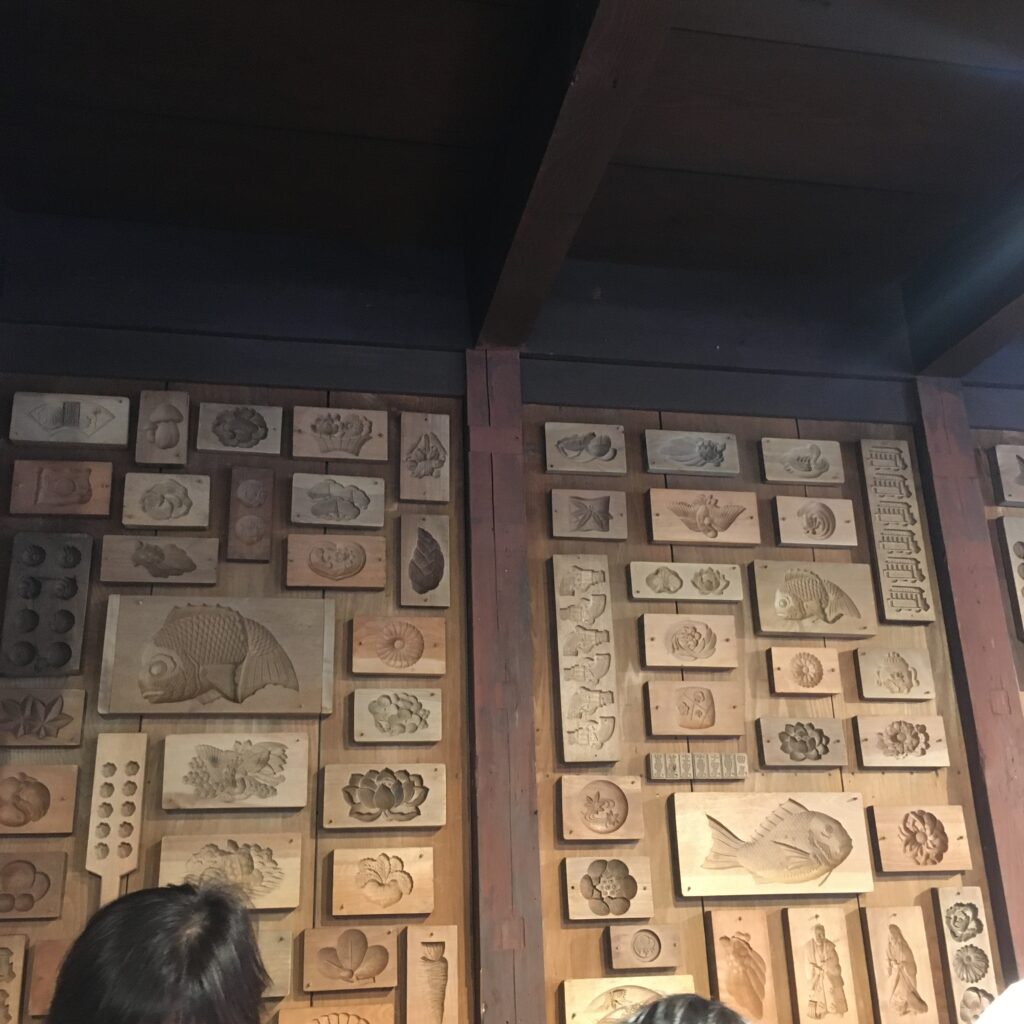
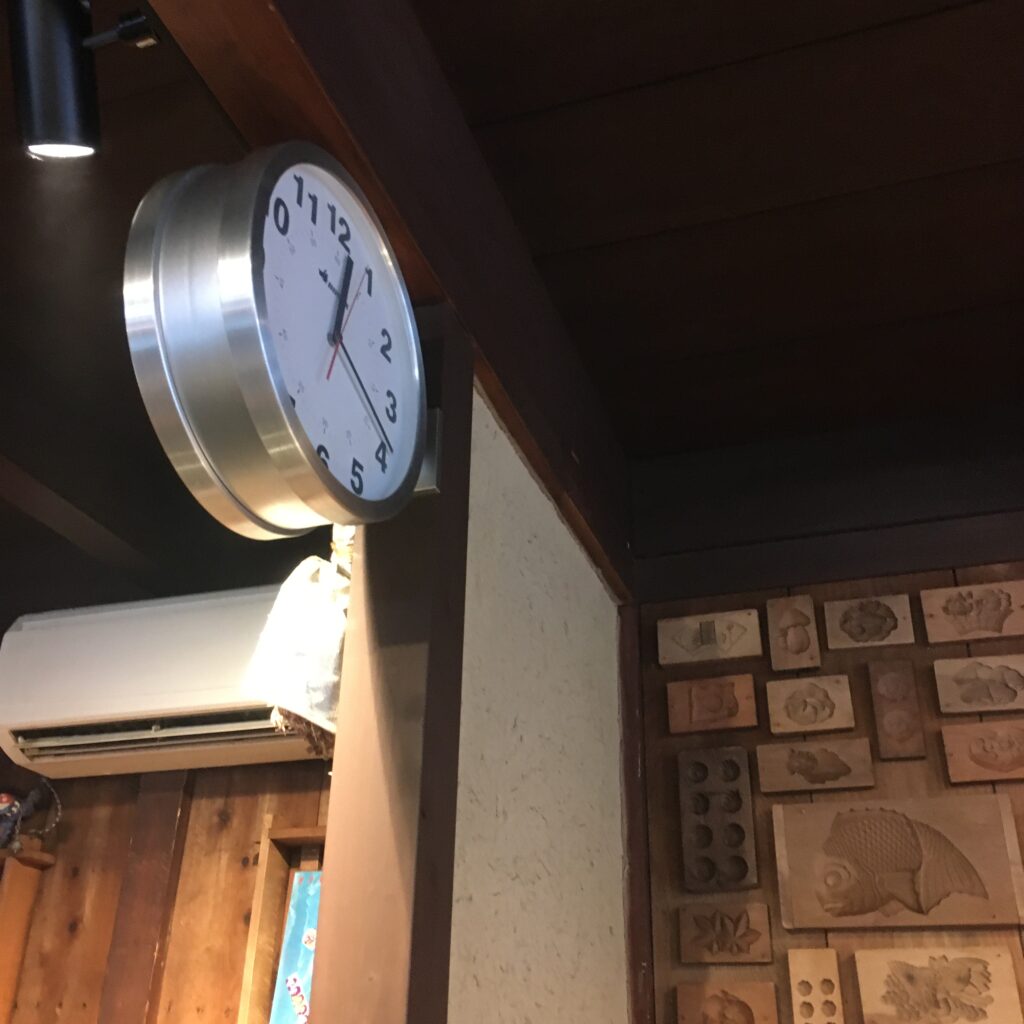
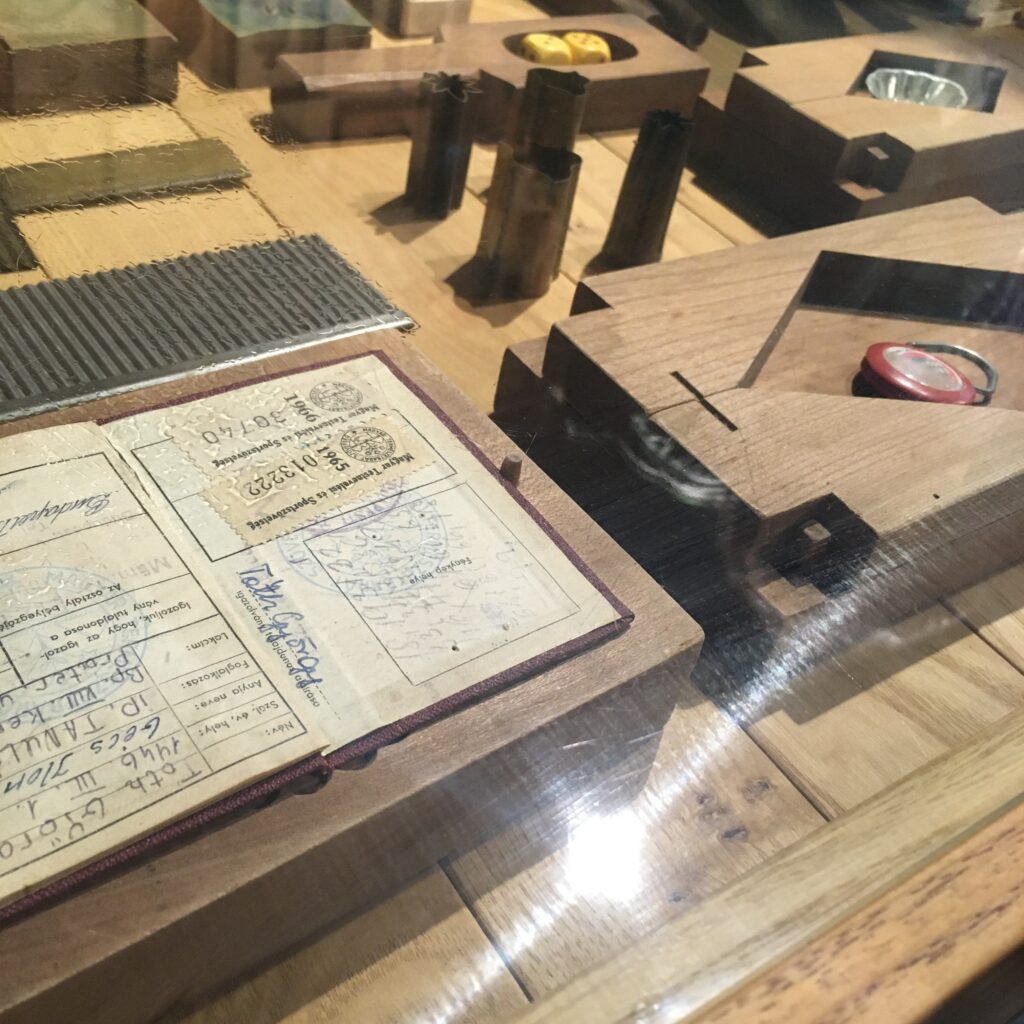
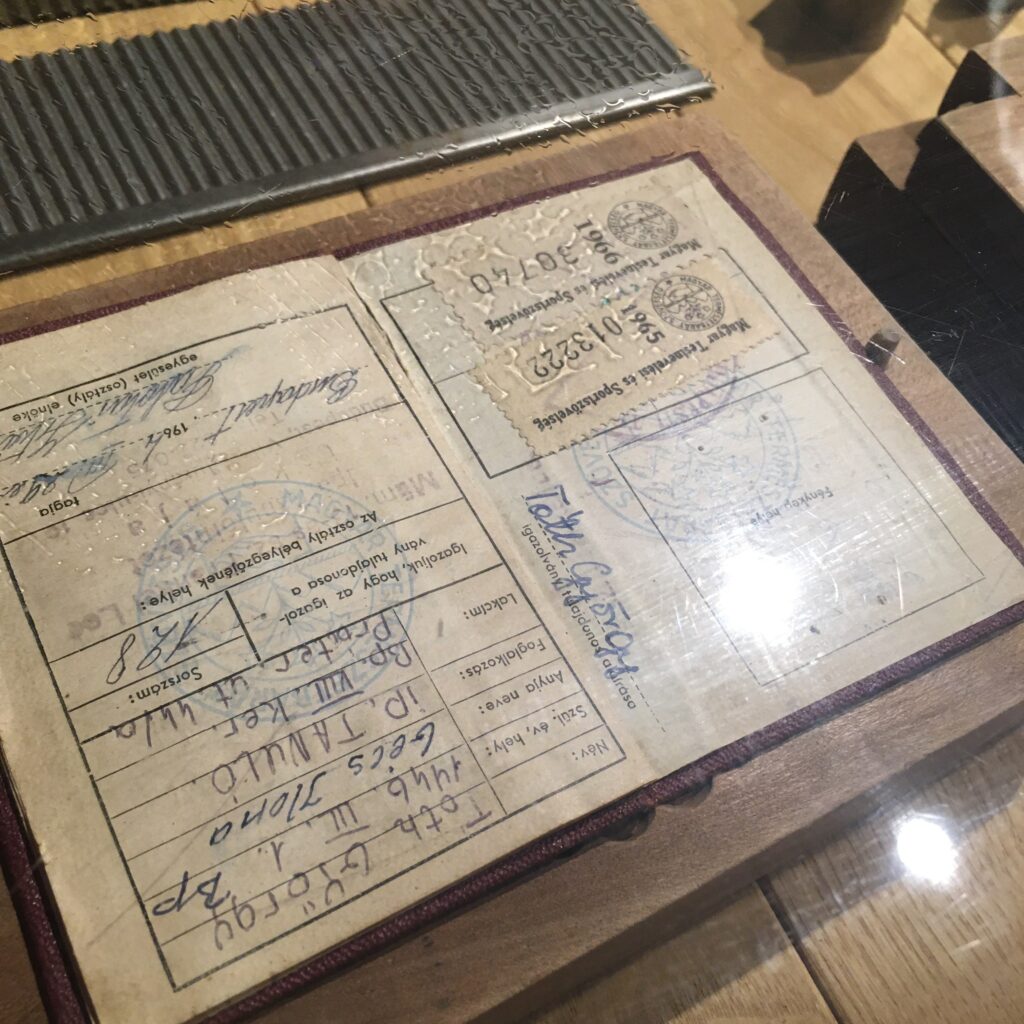
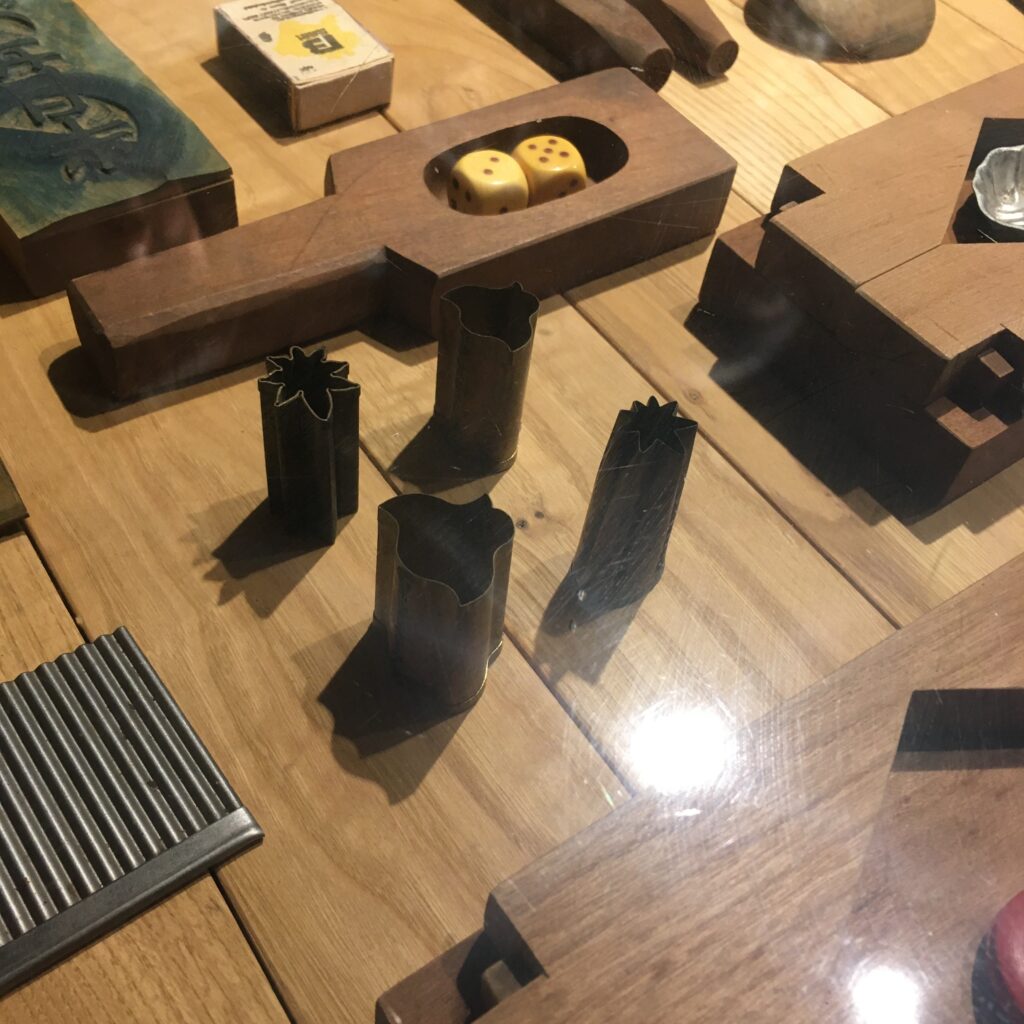

For lunch we ate hamburgers. In Japan, “local burgers” have been popular for about 10 years. Perhaps there is no place in Japan related to hamburgers. However, now there are local burgers everywhere in Japan. We don’t really care about Japanese people and eat local burgers. This hamburger shop that I entered this time was very nice because the atmosphere of the shop was made by remodeling an old folk house. However, it took 30 minutes for the hamburger to be ready, and the coffee served by the clerk, “It’s hot, please be careful,” was cold. The clerks were very nice people, but they don’t seem to be good for business. My mother gasped when she drank the coffee that the clerk told her it was hot. My mother laughed and said, “It’s lukewarm.”
Kite flying is a traditional Japanese New Year’s game. It seems that the wish for children’s growth is to fly high like a kite.
We spent our time leisurely as if today was not New Year’s Day but just a holiday. We all went home and ate sukiyaki. I also washed my motorcycle for the first time in a long time. And I flew an airplane toy that I bought at a candy store many times with my nephew. The planes are Mustang and Zero fighters. Soldiers who were sent to the Pacific War never thought that 80 years later Mustang and Zero fighter toys would be loved by the same child.
I pray for peace anyway.

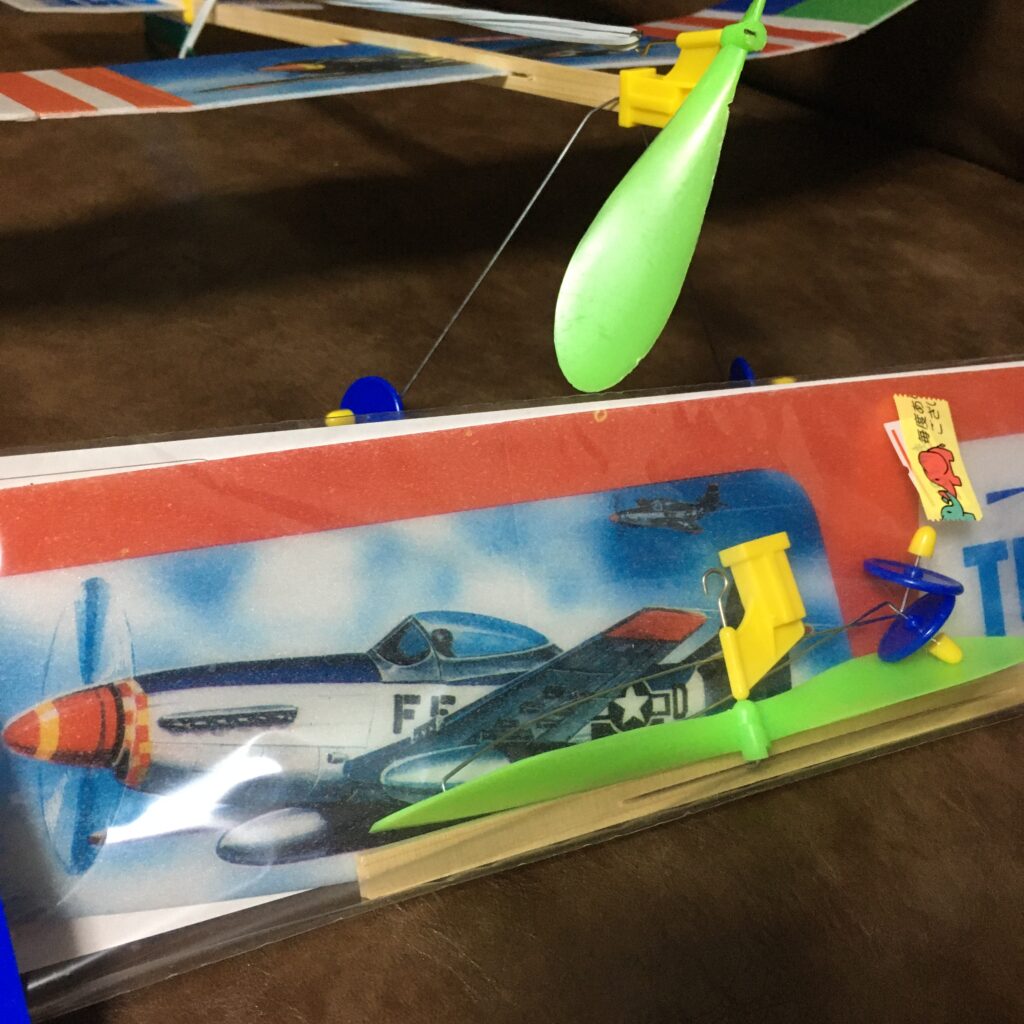
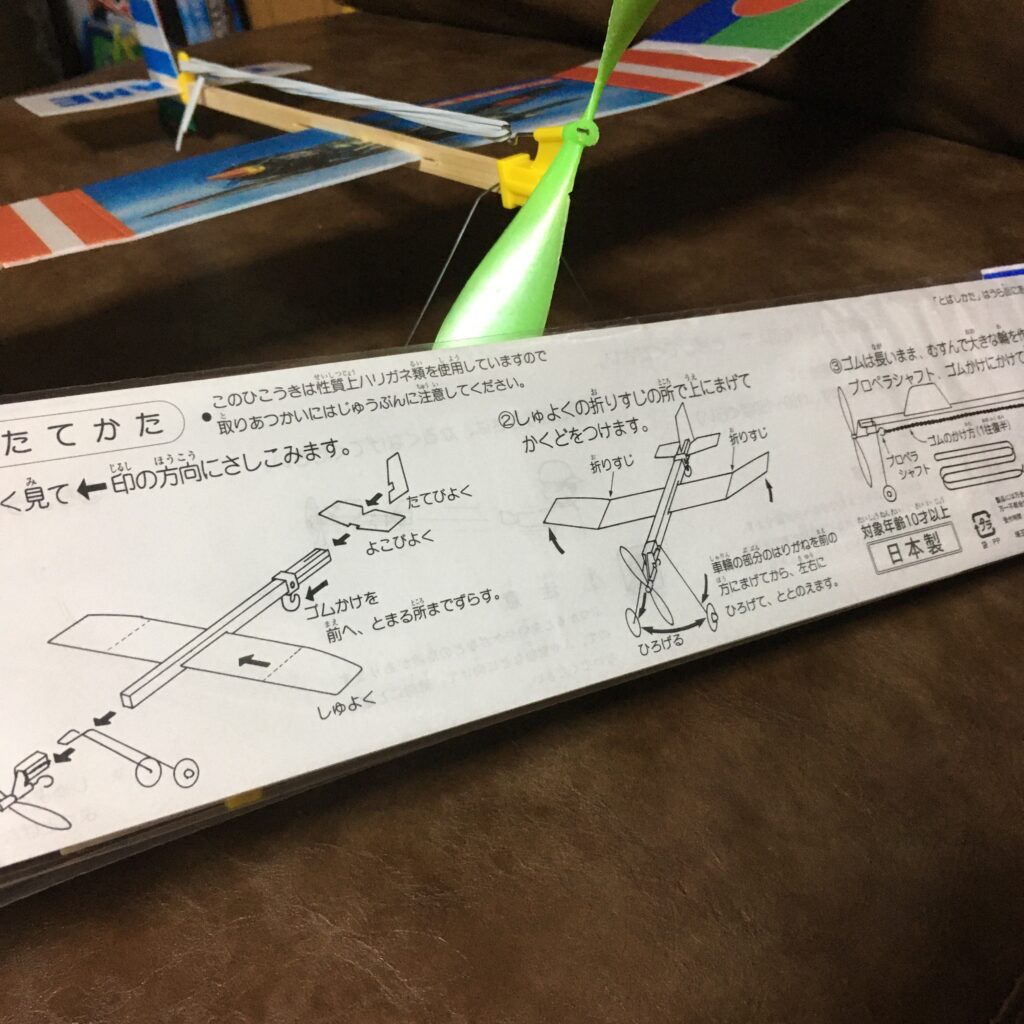
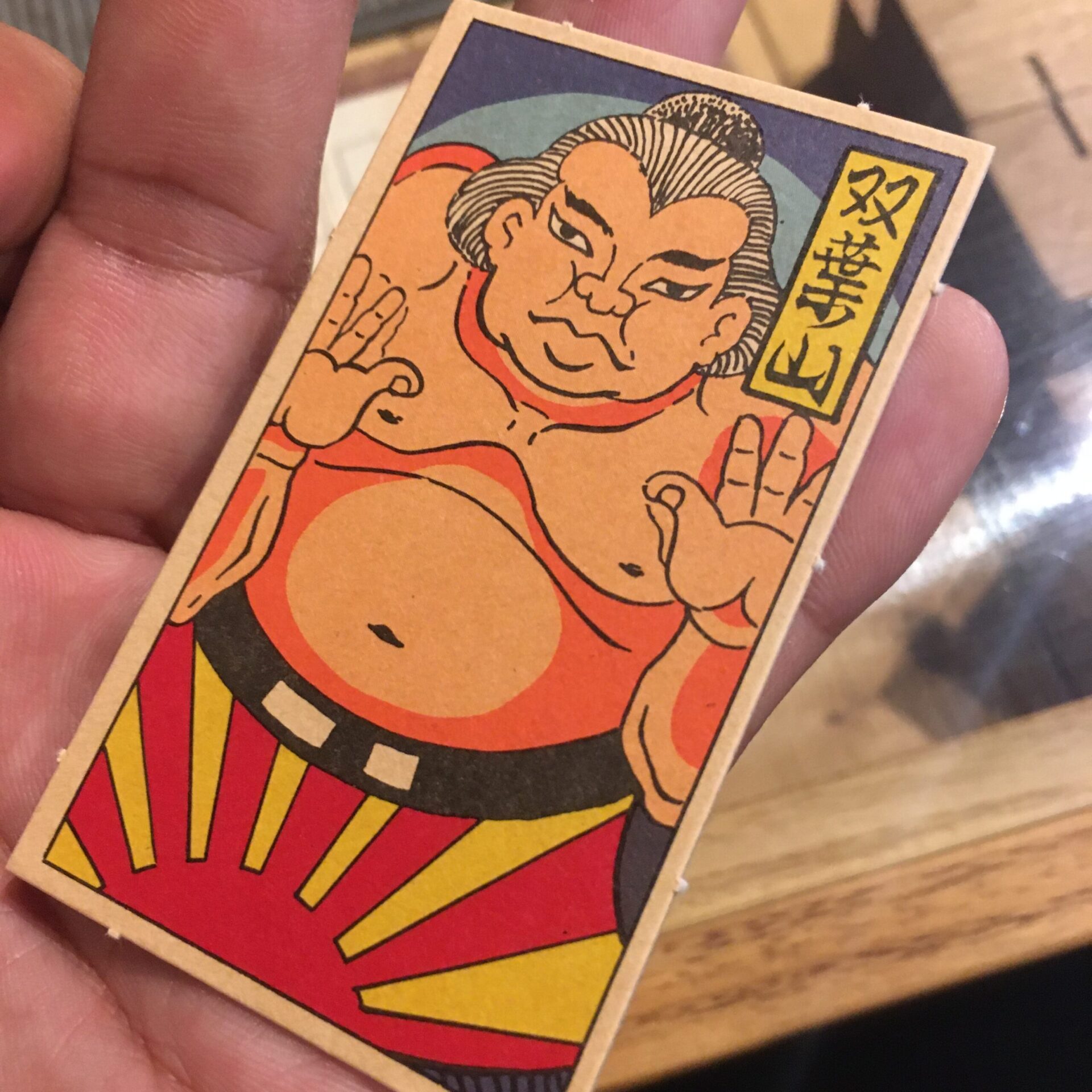
Comment